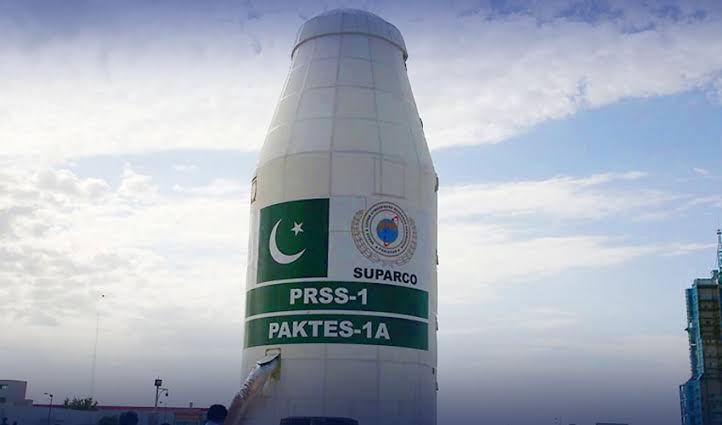
As per the Institute of Space Technology (IST), the ICUBE-Q satellite has been jointly developed by IST in collaboration with China’s Shanghai University SJTU and Pakistan’s national space agency SUPARCO.
The ICUBE-Q orbiter is equipped with two optical cameras for imaging the lunar surface. After successful qualification and testing, ICUBE-Q has been integrated into the Chang’e6 mission. Chang’e6 represents the sixth installment in China’s series of lunar exploration missions.
The launch event will be broadcast live on the IST website and various social media platforms. Chang’e6 aims to land on the far side of the moon, collect surface samples, and return them to Earth for further research.
The mission holds significance for Pakistan as it will also take a Pakistan CubeSat Satellite iCube-Q, developed by IST.
CubeSats are miniature satellites typically characterized by their small size and standardized design. They are constructed in a cubic shape, consisting of modular components that adhere to specific size constraints.
These satellites often weigh no more than a few kilos and are deployed in space for various purposes.
The main objective of CubeSats is to support scientific research, technological advancement, and educational endeavors in space exploration.
These satellites are employed for various missions, such as Earth observations, remote sensing, atmospheric research, communications, astronomy, and technology demonstration.
Because of their small size and lower cost compared to conventional satellites, CubeSats provide avenues for universities, research institutions, and commercial entities to engage in space missions and acquire important data for scientific progress and innovation.
They act as platforms for testing novel technologies and ideas, granting access to space to a wider array of users and fostering collaboration within the space community.


